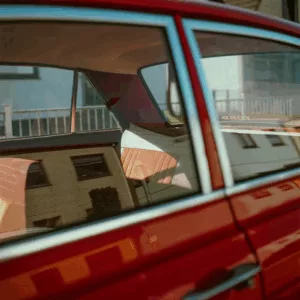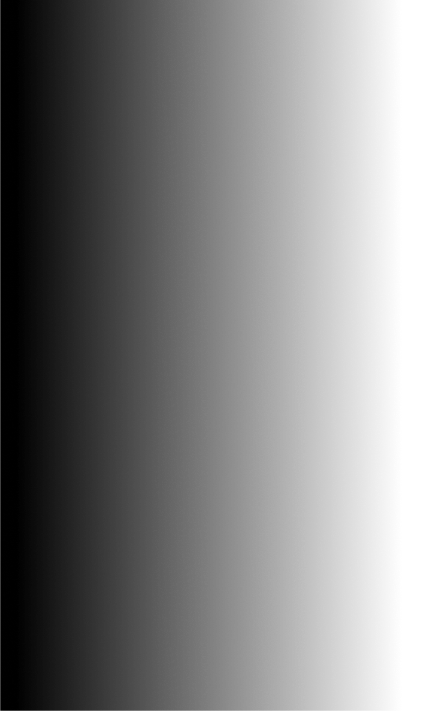Texas Tint Laws 2025: Legal Limits, Rules, and Expert Tips
Texas Tint Laws 2025: Legal Limits, Rules, and Expert Tips
Texas is known for its strong sunlight and high temperatures, making window tint a popular upgrade among vehicle owners. But before applying tint to your car windows, it’s important to understand Texas tint laws. The state has specific guidelines on how dark your tint can be, what level of reflection is allowed, and what’s considered legal for different types of vehicles.
This guide breaks down the Texas tint regulations for 2025. Whether you drive a sedan, truck, or SUV, you’ll learn the legal percentages, how inspections work, and what happens if your tint doesn’t comply. We also recommend a trusted brand, TERMINAX, that helps drivers meet these standards while offering long-term benefits.

What Is Window Tint and How Is It Measured?
Window tint refers to the darkened film applied to the inside of vehicle windows to reduce heat, glare, and UV exposure. In Texas, tint is regulated based on something called visible light transmission, or VLT. This measures how much visible light passes through both the glass and tint combined.
The lower the VLT percentage, the darker the tint. For example, a tint with a VLT of 25 percent means only 25 percent of visible light is getting through. Darker tints reduce glare and heat more effectively, but they also limit visibility, which is why states like Texas have laws on how dark you can go.
What Are the Legal Window Tint Limits in Texas for 2025?
Texas tint laws vary depending on which window you’re tinting and what type of vehicle you drive.
For passenger cars (sedans):
- Windshield: Tint is allowed only above the AS-1 line or the top 5 inches of the windshield. The tint must be non-reflective.
- Front side windows: Must allow more than 25 percent of light through.
- Backside windows: Any level of darkness is allowed.
- Rear window: Any level of darkness is allowed, but you must have dual side mirrors if the rear window is tinted.
For SUVs, trucks, and vans:
- Windshield: Same rule as sedans — only the top 5 inches or above the AS-1 line may be tinted, and the tint must be non-reflective.
- Front side windows: Must allow more than 25 percent of visible light through.
- Backside windows: Any darkness is allowed.
- Rear window: Any darkness is allowed, with the requirement that the vehicle has dual side mirrors.
These limits are enforced to ensure road safety and allow law enforcement to see inside the vehicle when necessary.
Is Reflective Tint Allowed in Texas?
Texas law limits how reflective window tint can be. Reflective tints can help reduce heat by bouncing sunlight away from the vehicle, but excessive reflection can create glare for other drivers.
Here are the maximum allowed reflectivity levels:
- Front side windows: Cannot reflect more than 25 percent of light.
- Backside windows: Cannot reflect more than 25 percent of light.
Mirrored or highly metallic-looking tints are not allowed under Texas law.
Does Texas Allow Windshield Tint?
Yes, but only under strict conditions. You can apply a strip of tint to the top portion of the windshield, but it must not go below the AS-1 line marked by the manufacturer. If there is no AS-1 line, then the tint must stop at 5 inches from the top of the windshield. This tint must also be non-reflective.
The main purpose of this tint strip is to reduce glare from sunlight while maintaining visibility.
Are There Medical Exemptions to Tint Laws in Texas?
Yes. Texas allows drivers with certain medical conditions to use darker window tint than typically allowed. Medical exemptions are available for individuals who suffer from light-sensitive conditions such as lupus, albinism, or certain skin diseases.
To qualify, a driver must:
- Get a signed letter or form from a licensed medical professional.
- Submit the form to the Texas Department of Public Safety (DPS).
- Carry a copy of the exemption in the vehicle at all times.
With a valid exemption, you may be allowed to install tint darker than the 25 percent VLT minimum for front side windows.
Can You Get a Ticket for Illegal Window Tint in Texas?
Yes. If your tint is darker than what Texas law allows, you can receive a citation. Penalties vary depending on the situation and whether this is a first offense. Fines typically range from 20 to 300 dollars. Law enforcement officers often carry devices to measure VLT, so they can easily determine whether your tint is legal.
In addition to a fine, you may be required to remove or replace the tint to make your car compliant. Repeat violations could lead to higher fines or failure of your annual inspection.
Will Illegal Tint Fail My Texas Vehicle Inspection?
Yes. Texas requires all vehicles to pass an annual safety inspection, and window tint is part of that process. If your tint does not meet the state’s VLT and reflectivity standards, your car may fail inspection. This means you’ll need to remove or replace the tint before your registration can be renewed.
Professional tint installers in Texas are also required to provide you with a compliance certificate and apply a small sticker inside the driver’s side door frame or window to confirm that the tint meets legal standards.
How to Make Sure Your Tint Is Legal in Texas
There are several ways to make sure your window tint complies with Texas law:
- Have your tint installed by a licensed shop that knows local laws.
- Check that you received a tint compliance certificate.
- Make sure there is a tint sticker on the driver’s side window or door jamb.
- Ask the shop to measure the VLT with a tint meter before you commit.
Being proactive will help you avoid citations and inspection failures later on.
Best Practices for Choosing Legal and Effective Tint in Texas
If you’re considering tint for your vehicle, it’s smart to choose a product that balances comfort, UV protection, and legality. Not all tint films are equal. Some are darker than they need to be and could lead to compliance issues.
That’s where using a trusted brand makes a difference.
Why TERMINAX Is a Smart Choice for Texas Drivers
TERMINAX offers high-performance window films designed specifically for legal use in states like Texas. Their products are engineered to block heat and UV rays while maintaining the visibility required by state law.
Here’s why TERMINAX is a top choice:
- Available in 25 percent VLT for front windows, which meets the legal limit in Texas
- Offers exceptional heat rejection without heavy reflectivity
- Designed to protect your interior from UV damage and fading
- Clear and crisp visibility, especially useful for nighttime driving
- Installed by professionals who understand Texas compliance rules
Choosing TERMINAX gives you peace of mind that your vehicle is both protected and within legal boundaries.
Conclusion: Stay Comfortable and Compliant in Texas
Window tint can make your vehicle more comfortable, protect your interior, and enhance privacy. But in Texas, there are clear laws about how dark your tint can be. Before you install any film on your windows, make sure you understand the legal VLT percentages, reflectivity limits, and inspection requirements.
By following the rules and using a trusted brand like TERMINAX, you can enjoy the benefits of window tinting without worrying about citations or inspection problems.
Make the smart choice today, and keep your car cool, legal, and protected on the road.


